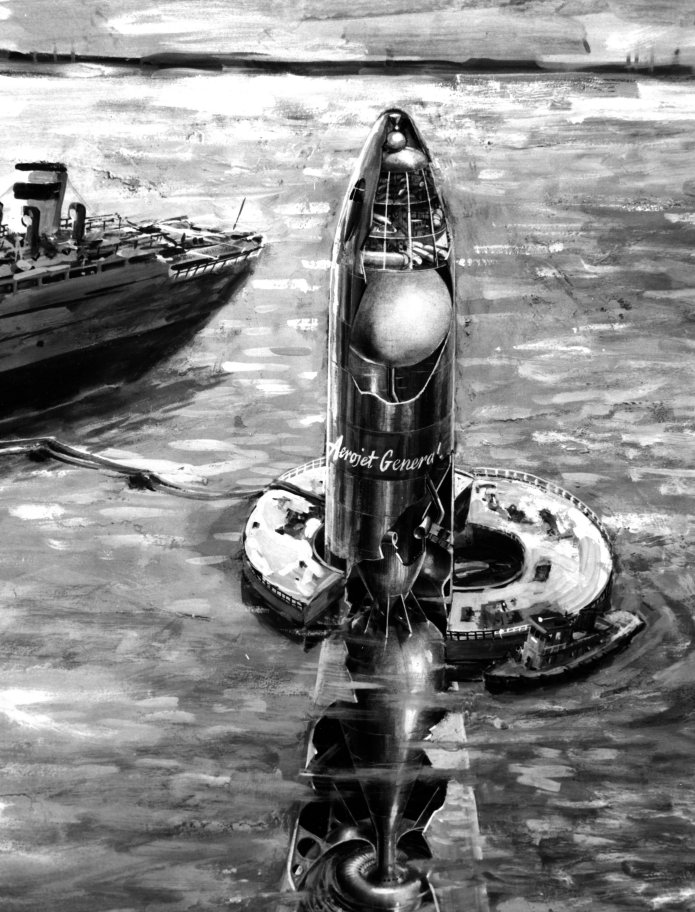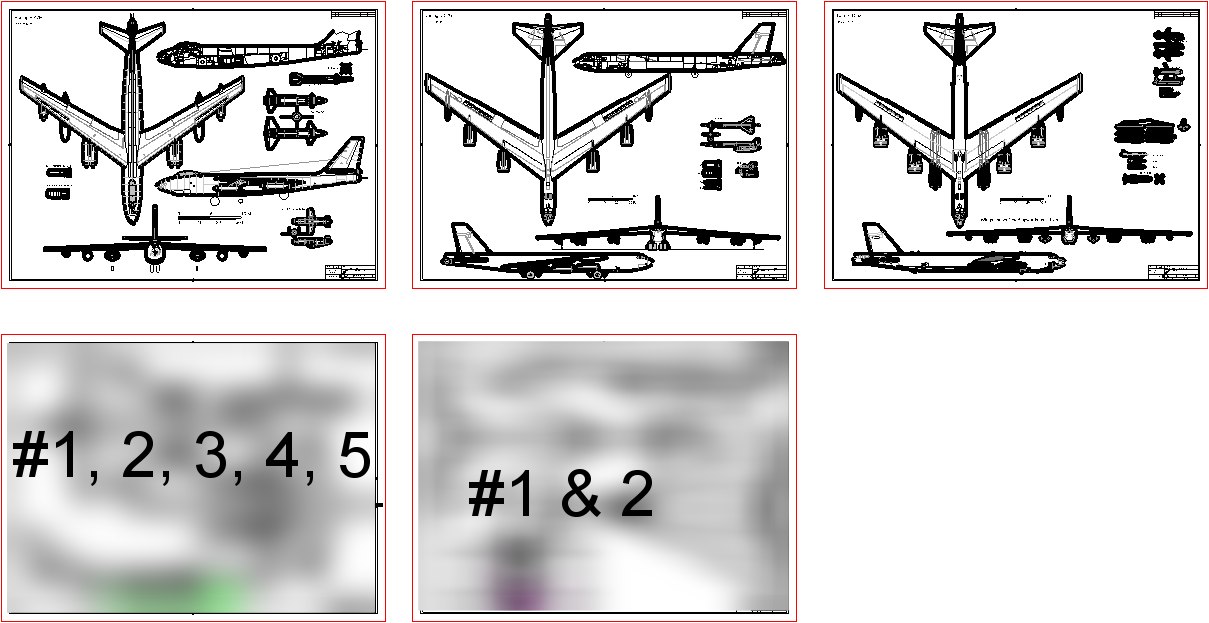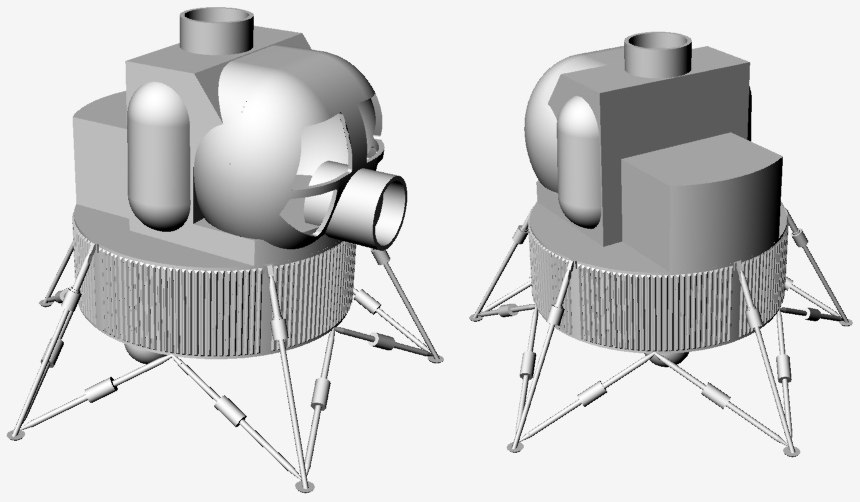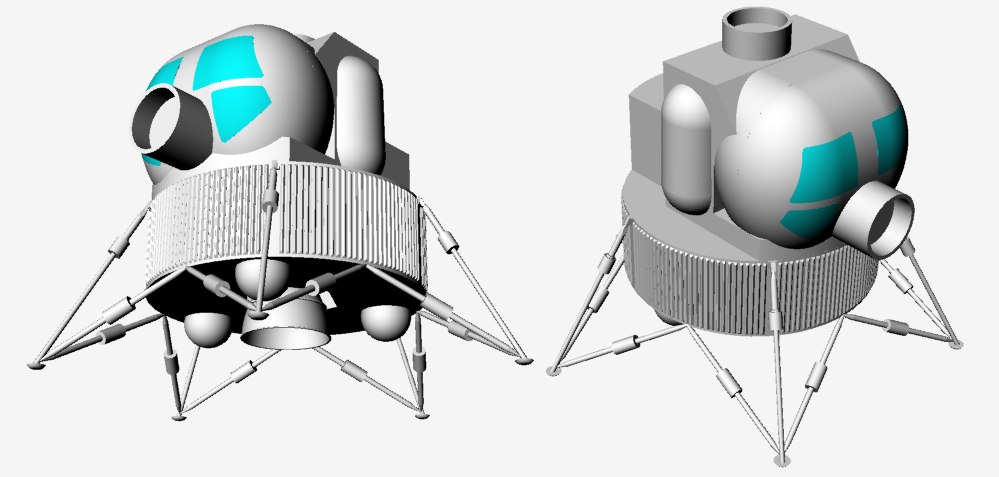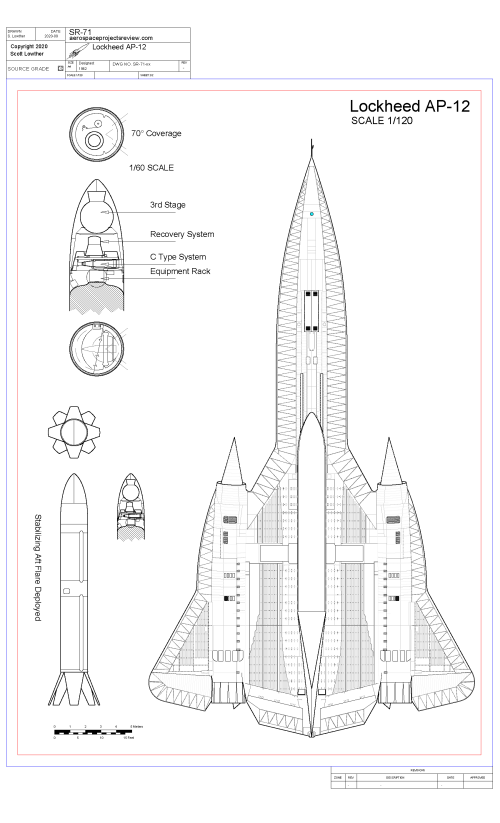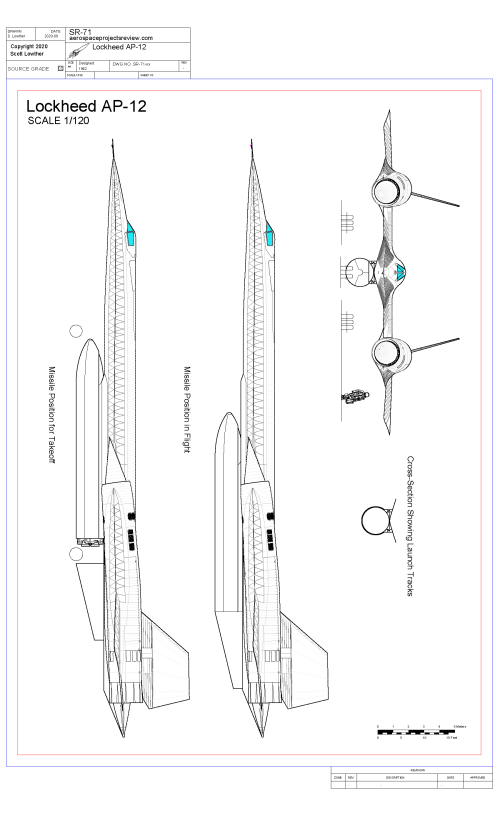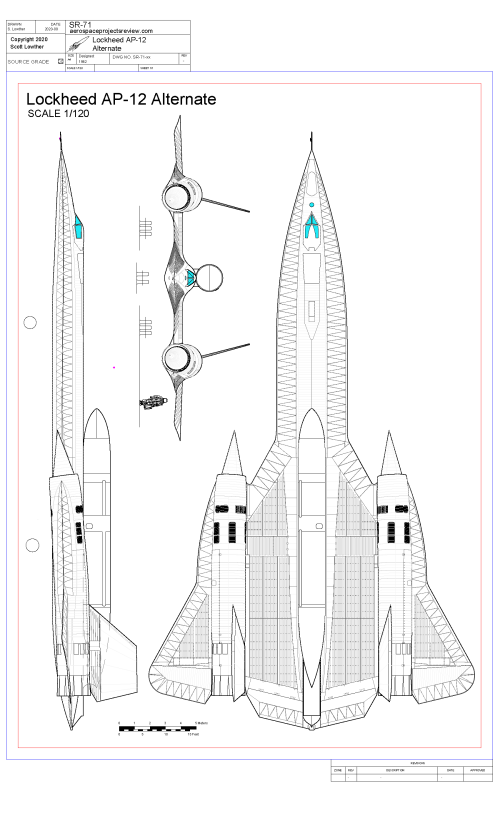Radian announces plans to build one of the holy grails of spaceflight
The “holy grail” in this case is an SSTO spaceplane. It is to *not* incorporate airbreathing or wacky unproven technologies; instead, it is to use fairly conventional liquid propellant rocket engines in the tail of a cranked-delta spaceplane. To lob it off the ground, it will use a powered sled for a horizontal runway launch.
Ehh.
Same basic concept as the Sanger Silverbird of 1944 vintage, or the Boeing “Windjammer” and RASV concepts from the 70’s. If they can get the mass ratio to work… sure, it’s possible. They’re claiming a 48-hour turnaround. Uh-huh. I’ll believe it when I see it. I wish them the best, but I’ve seen far too many such press releases since the 90’s to get all excited.
A few patent applications that might be of interest:
“Earth to Orbit Transportation System”
“Rocket propulsion systems and associated methods”
The not terribly enlightening website is here:
https://www.radianaerospace.com/
Curiously, one of the names attached to both patent applications that might be of interest to readers of this blog is Gary Hudson, of the Phoenix SSTO, Air Launch and Roton fame. But he doesn’t seem to be listed on the website.
